Your car isn’t designed to travel a million miles, but a large lorry is. In fact, some would say they’re only just worn in. This is just one of the differences between cars and lorries and one of the reasons why a big articulated lorry and trailer can be a quarter of a million pounds.
The cab of the lorry might act as a home for the driver when on the road, if it’s a sleeper cab. Even if there’s not a full-featured sleeper cab, there’s often a bench behind the seats where a driver can take a quick nap.
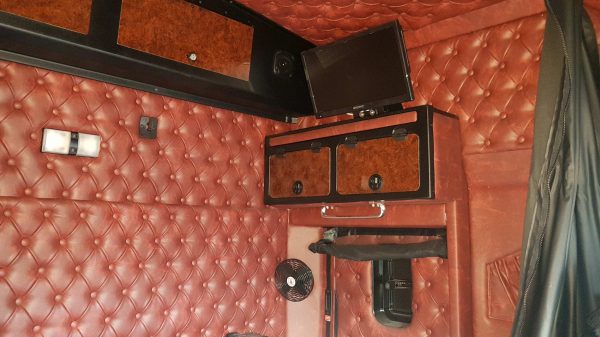
Lorries spread their weight by using more tyres and axles. This is because there are legal weight limits for single-tyred and twin-tyred axles; the heavier the load, the more axles you need. While your car has two axles (and that’s all that it needs), a common configuration for a semitrailer is a tractor unit at the front with a single axle that steers and one or two axles below the trailer kingpin, then two or three axles on the trailer itself.
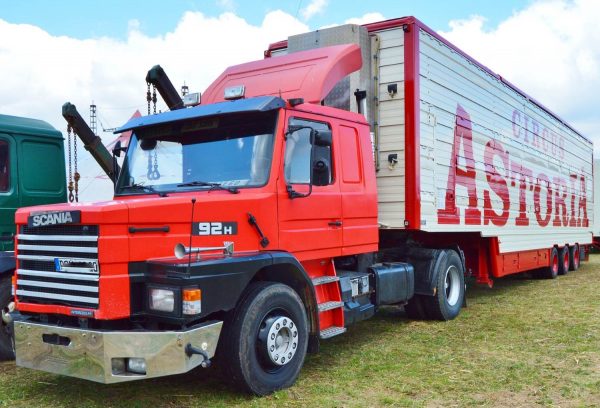
Head overseas to somewhere like Australia and you’ll find Road Trains with 22 axles. 21 of them have ‘duals’, or four tyres per axle, meaning that truck has 86 tyres. Checking the tyre pressures on that is not for the faint-hearted.
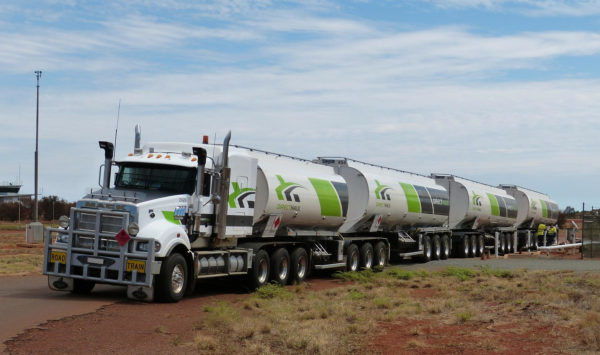
Some truck have two steering axles at the front. These tend to be rigid lorries with a total of four or five axles. The extra steering axle at the front makes it more manoeuvrable (they tend to be difficult to turn without them).
Some axles could be lift axles, which means they can be lifted off the road when not in use. This helps reduce tyre wear and increase fuel efficiency.
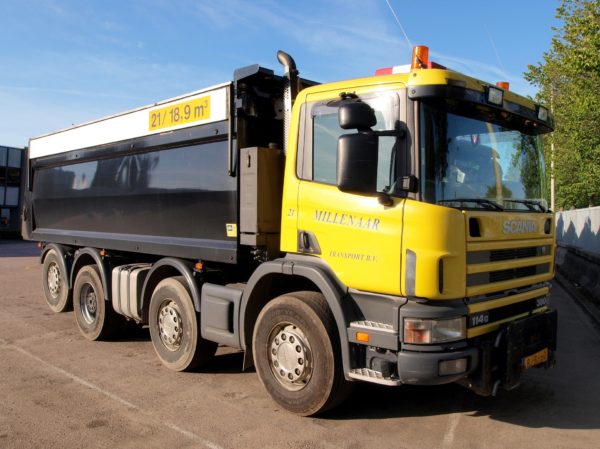
At the back of a tractor unit or rigid truck, more than one of the axles might be a drive axle, i.e. connected to the engine via the differential and gearbox. These trucks sometimes have an axle interlock function which gives more traction by ensuring that none of those drive wheels can spin independently.
Talking of wheels, lorry wheels often have indicators on them to show if a wheel nut is coming loose. Wheel-off incidents can result in serious injuries or death to both the driver and anyone in a vehicle that an 80kg wheel hits at speed.
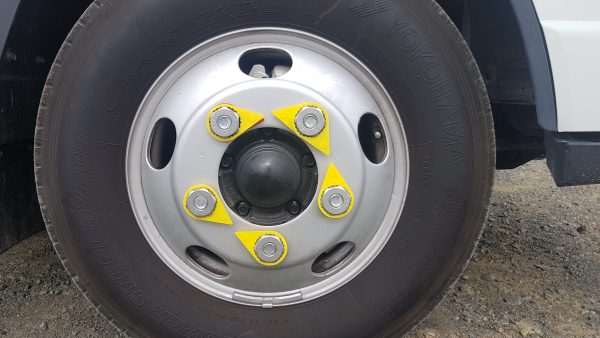
At the back of some tractor units, the exhausts exit vertically, above the height of the cab. This keeps the fumes away from road height and is useful when the truck needs to idle, for example, if using PTO, as it’s less unpleasant for those working in the area.
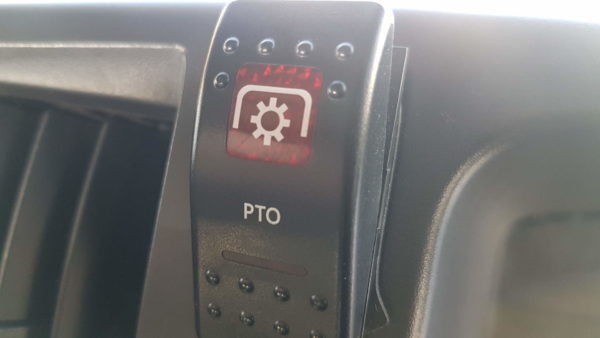
The engine can be in the region of 16 litres and will use around 4 litres of diesel per hour of idling, versus around 1 litre for a car. These engines provide mammoth torque – 5 to 10 times as much as a car with a petrol engine – which is what’s needed for towing heavy loads.
The power is transmitted to the wheels via the gearbox. While some modern vehicles do have 10 gears, 6 is the most common number of gears in a car. A lorry could have 18 forward gears and two reverse gears – you can learn how to drive one of these gearboxes by doing Roadranger training.
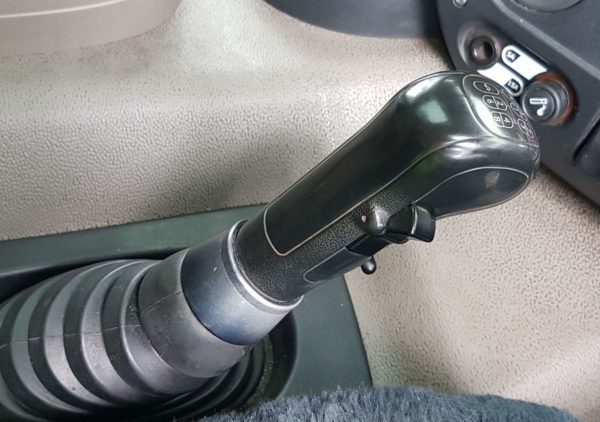
On the rev counter, you’ll find a green band which is the rev range that gives the most economical driving; in trucking, profit margins are very thin, so anything you can do to reduce costs is welcome.
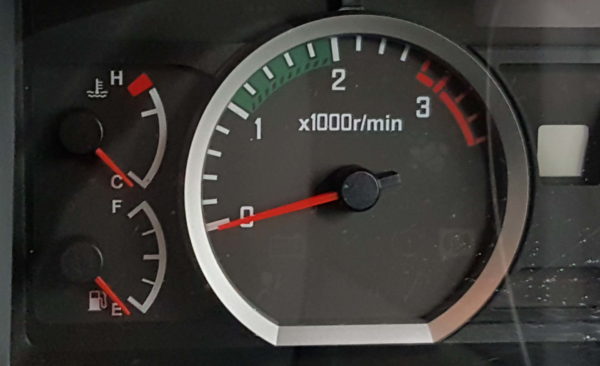
Trucks are designed for towing either a semitrailer via a fifth wheel or a regular trailer using a drawbar. These linkages can be capable of supporting 40 tonnes or more.
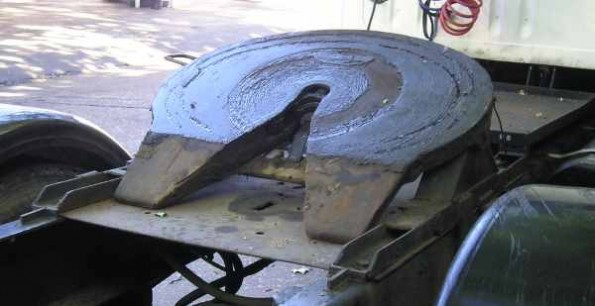
Trucks use more than one braking system. There are various types of engine brakes and retarders, plus the service brakes. Drivers don’t usually use the service brakes (i.e. the ones you activate using the brake pedal) until they’re doing under 20mph – the brake pedal is for stopping, not slowing down. Lorries have engine brakes, often with multiple strength settings which function like normal brakes but use the engine and exhaust instead. Trying to stop a large truck using the service brakes alone would quickly overheat them, leading to brake fade.
Lorry drivers sometimes carry dangerous goods, so you might see dangerous goods (ADR) placards and information panels displayed.
Because a lorry is so huge, it has many more blind spots than a car, therefore they have many more mirrors to help cover these blind spots.

Down the side of the trailer or truck body, marker lights are installed so that other vehicles can see where the truck is if approaching side-on. These were implemented after a great many incidents of drivers and riders hitting the side of semitrailers. Marker lights are sometimes added to other parts of the cab and accessories.
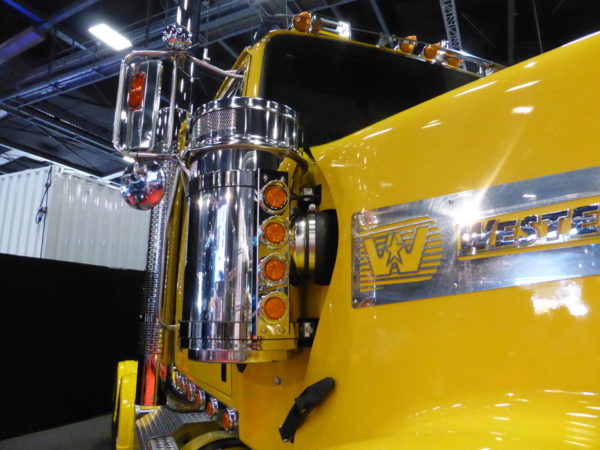
Also on the side of the truck is often a number of lockable toolboxes where tools and load restraint devices can be kept.
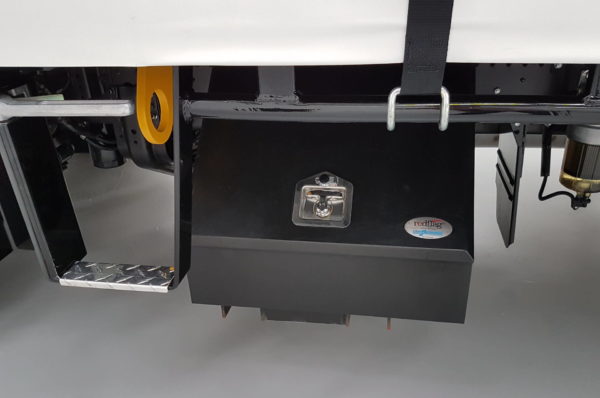
On the inside, the lorry’s cab can be anything from super spartan right through to the epitome of luxury. Some sleeper cabs have a microwave, TV, fridge and other creature comforts. The driver will often have a CB radio to communicate with other drivers.
The seat is typically an air suspension seat to help minimise the vibration through to the driver.
As the driver will often spend half their day or more in the cab, the cabs have to be heavy duty but comfortable, too. Building a lorry like you’d build a car would see the lorry falling to bits after a short period of time.
